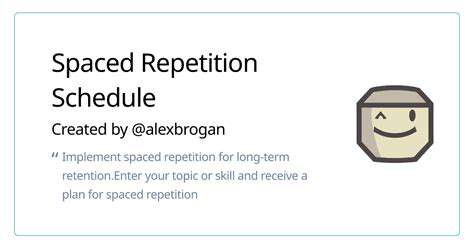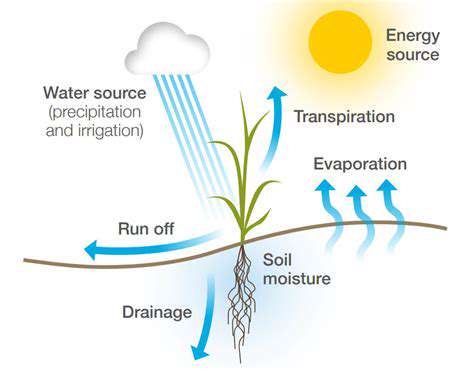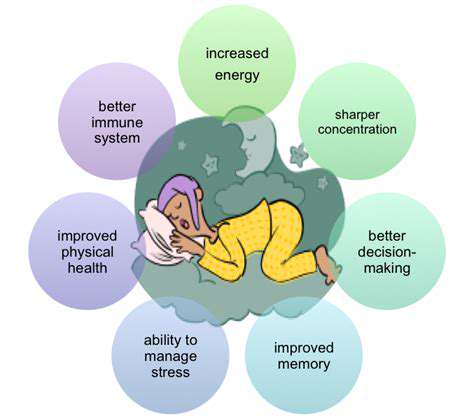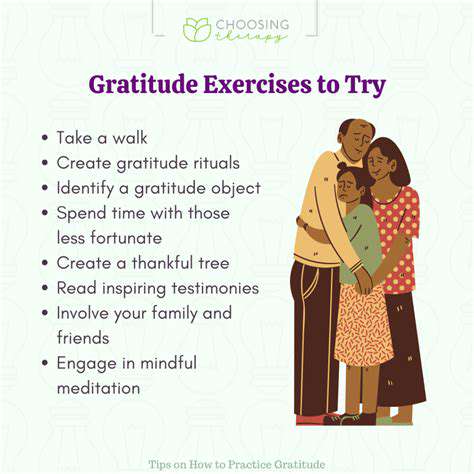Guide to Using Flashcards for Effective Studying
Understanding Your Learning Style
Creating impactful flashcards begins with recognizing how you learn best. Those who learn visually will find images and diagrams particularly helpful, while hands-on learners might benefit from physically writing on their cards. For auditory learners, adding brief recordings or mnemonic phrases can make all the difference. Tailoring your approach based on these preferences significantly boosts information retention.
Take time to reflect on what makes concepts stick for you. If memorization proves challenging, focus on crafting cards with distilled summaries. When complex ideas require clarification, include expanded explanations with practical examples. This personalized approach transforms generic study tools into powerful learning aids.
Focusing on Key Concepts
Effective flashcards distill information to its essence. Rather than attempting to capture every detail, identify the fundamental ideas that form the foundation of your subject. Overloading cards with excessive information creates cognitive clutter rather than clarity. Think of each card as a trigger for broader understanding, not an exhaustive reference.
This selective approach yields multiple benefits. It directs your attention to what truly matters, prevents study fatigue, and creates space for deeper comprehension. Well-designed cards become mental stepping stones that guide you through complex material with greater ease.
Using Clear and Concise Language
The language on your flashcards should be immediately understandable, even during late-night study sessions. Replace academic jargon with plain language that conveys meaning directly. Precision in wording prevents confusion and strengthens memory pathways. Each card should present a single, unambiguous idea that your brain can process quickly.
This clarity becomes especially important when employing active recall techniques. Simple, direct phrasing allows you to focus on retrieving information rather than deciphering complicated sentences. The extra time spent refining your wording pays dividends in recall accuracy.
Utilizing Visual Aids (If Applicable)
Visual elements can transform abstract concepts into tangible understanding. For subjects involving processes, relationships, or spatial information, a well-designed diagram often communicates more effectively than paragraphs of text. These visual anchors create mental reference points that persist long after study sessions end.
The power of imagery extends beyond technical subjects. Historical timelines, literary character relationships, or linguistic patterns all benefit from visual representation. When creating these aids, focus on clean, uncluttered designs that highlight the most important connections.
Spaced Repetition and Regular Review
The timing of your flashcard reviews matters as much as their content. Spaced repetition leverages the brain's natural forgetting curve to reinforce memories at optimal intervals. This scientifically validated approach converts short-term memorization into durable knowledge. Begin with frequent reviews of new material, gradually extending the intervals as mastery develops.
Consistency transforms this technique from theory into results. Establishing a regular review schedule prevents the all-too-common cycle of cramming and forgetting. Over time, this method builds confidence as previously challenging concepts become second nature.
Testing Yourself Regularly
Active engagement separates effective studying from passive reading. Treat each flashcard session as a mini-examination, attempting to recall information before checking answers. This practice of retrieval strengthens memory more effectively than repeated exposure alone. The momentary struggle to remember actually enhances long-term retention.
These self-tests also serve as valuable diagnostics. Cards that consistently prove difficult indicate areas needing additional focus or alternative explanations. This feedback loop allows for continuous refinement of your study materials.

Urban green spaces serve as vital venues for physical activity, offering residents accessible locations for walking, jogging, and cycling. These activities promote cardiovascular health while reducing risks associated with sedentary lifestyles. The presence of well-maintained parks and trails naturally encourages more active daily routines.
Maximizing Your Flashcard Study Sessions: Proven Strategies

Spaced Repetition for Optimal Retention
Implementing spaced repetition transforms flashcard effectiveness. This technique schedules reviews based on difficulty, concentrating effort where it's most needed. This strategic approach builds durable knowledge rather than temporary test performance. The method's superiority over cramming becomes apparent when recalling information weeks or months later.
Successful implementation requires honest self-assessment. Cards answered correctly move to longer intervals, while challenging ones receive more frequent review. This dynamic system adapts to your evolving understanding.
Active Recall and Self-Testing
The simple act of attempting to remember before checking answers engages different cognitive processes than passive review. This mental effort creates stronger neural connections, making future recall faster and more reliable. The discomfort of struggling to remember actually enhances the learning process.
Regular self-assessment provides tangible progress markers. Tracking which cards transition from difficult to easy offers concrete evidence of improvement, maintaining motivation during extended study periods.
Categorization and Organization
A logical organizational system prevents flashcard study from becoming overwhelming. Group related concepts together, creating thematic clusters that mirror the subject's structure. This framework helps the brain create meaningful connections between individual facts. Well-organized materials also make efficient use of limited study time.
Using Varied Question Formats
Diverse question types combat the illusion of competence that comes from pattern recognition. Mix factual recall with application questions, hypothetical scenarios, and comparative analyses. This variety ensures genuine understanding rather than superficial familiarity. It also prepares you for the different ways concepts might appear in actual assessments.
Creating Engaging Visual Aids
When appropriate, visual elements can communicate complex relationships more efficiently than text alone. A well-designed chart or diagram often conveys hierarchical information or processes more clearly. These visual memories frequently persist when verbal ones fade.
Reviewing Regularly and Consistently
Establishing a sustainable review rhythm prevents last-minute cramming. Brief, frequent sessions prove more effective than occasional marathons. This approach respects the brain's need for processing time between exposures to material. Consistency also reduces pre-test anxiety by ensuring continuous familiarity with the content.
Seeking Feedback and Adjusting Strategies
Periodic evaluation of your study system identifies what's working and what needs refinement. This metacognitive practice separates effective learners from those who simply go through the motions. Be willing to modify techniques that aren't yielding expected results, and replicate strategies that prove particularly successful.










